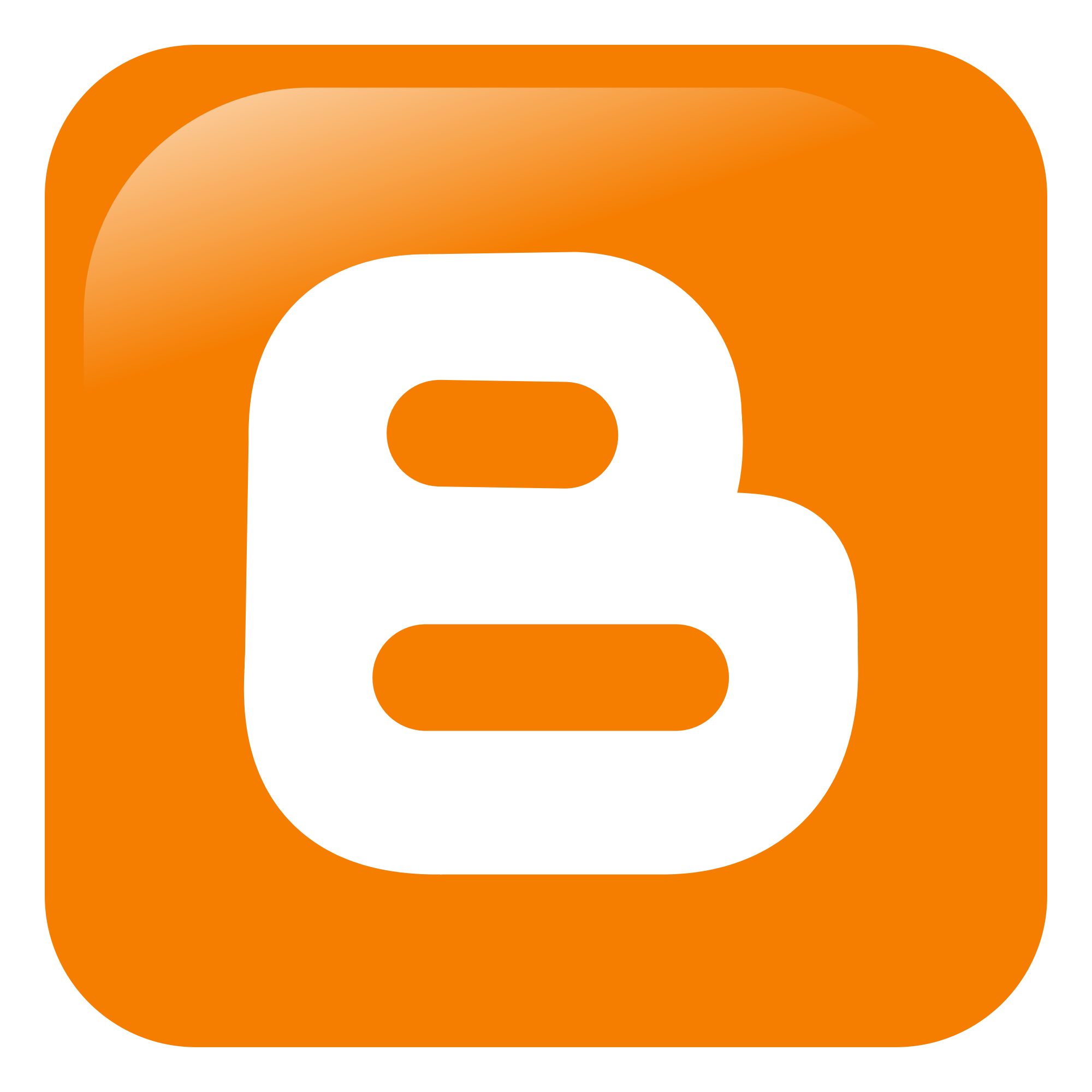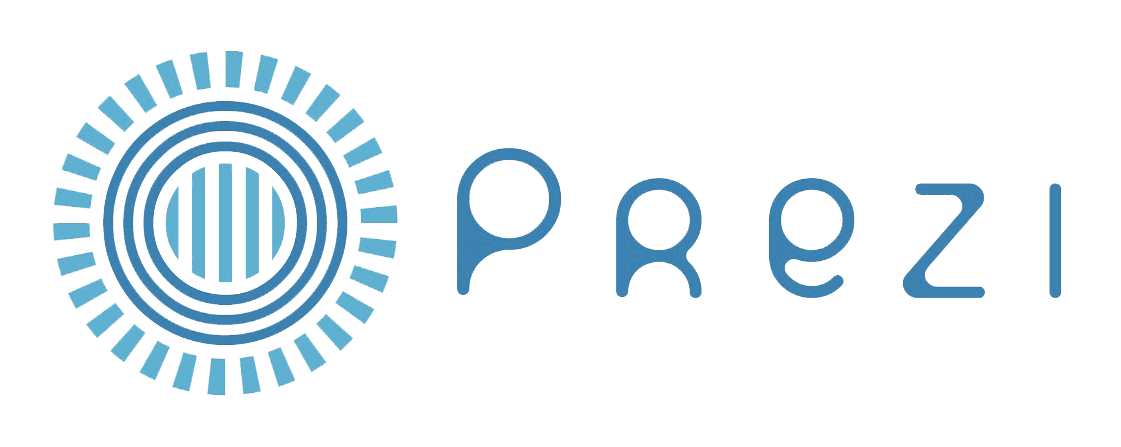What have you learnt about technologies from the
process of constructing this product?
During the process of constructing of my media product I have come across many stages and technologies which I already had a good knowledge about, however I have found some stages completely new. This has increased my knowledge, as well as my practical skills about media product production.
First of all, during my production process I have used a Nikon D5100 with a 18-105mm lens to take the pictures. This is my own DSLR camera which I use for both my own private use as well as for my AS Photography project in school. Beforehand, I had a good knowledge about taking pictures (can be seen in my blog as I have prepared a powerpoint to teach other classmates about photography) therefore I knew how to operate the shutter speed, ISO and the aperture effectively. The things which I had to experiment in this project were the shots and the lighting. This time I had to pay more attention to the camera shots in order to portray the right code and convention. In terms of the I have been provided with a full light kit in the Media room with a professional backdrop. This allowed me to fully manipulate the lighting intensity as well as its direction, making sure I gain the best quality image. The facilities such as a very good DSLR camera, professional lighting kit and a studio backdrop have allowed me to experiment and come up with a very successful shots which have then been used in my media product.


Secondly, during the production of my media product I had to use editing software in order to manipulate the images and create necessary graphical content for my magazine such as the masthead. To do so, I have mainly focused on three softwares; Photoshop and Ipiccy or Pixlr. Photoshop is a image manipulation software which provided me with all of the necessary tools to create graphical content ( as seen throughout my blog ), wheres Ipiccy & Pixlr are a online based editing softwares which I have widely used to tweak my images. Photoshop, Ipiccy and Pixlr have been widely used by me in my AS Photography course therefore the use of these for me was relatively easy, however I had the chance to experiment with them as I have applied various effects or tweaked imperfections which I do not perform in AS Photography.
Another software which I have widely used during the construction process of my magazine is named InDesign. This software has allowed me to structure the pages using various functions such as rulers or allowed me to implement the graphical content which I have created in Photoshop. Because of Photoshop and InDesign being Adobe softwares, they easily allow the content to flow from one software to another. This has really helped me out during the construction process of my magazine as I was allowed to transfer the content between the softwares without any errors, making my construction error-less and less time consuming.



In order to present my work I have used software such as Powerpoint which I have widely used before in my life, however I have additionally been introduced to new methods of presenting work through softwares such as Prezi or Blogger. Prezi has allowed me to create a very neat and professional presentation whereas Blogger has allowed me to post and show my journey throughout the school year of producing the UrbanFlow magazine. It was very tricky for me to get along with all of the functions of these softwares, however with time passing by I have gotten used to using it and now find it very easy to use Prezi or Blogger. I benefit from this as I have gained new presentation skills.


Another technology which I have used in order to successfully construct my magazine is Surveymonkey. This online based has allowed me to easily create a survey in a template format which I then have sent out to my chosen audience. By it being a online based survey I have gained a very quick response via email from the audience. Surveymonkey has automatically then counted the votes and conveyed the results in graphical format, making it very clear for me to understand and present on my blog.
 Issues of technologies used:
Issues of technologies used:
While using the technologies which I have listed above I have come across many issues which I then had to solve. I found that I have overcome the issues fairly easily as I have used various online tutorials or asked for help from people which have a better knowledge of the software. One example of an issue which I have come across was the lack of needed fonts in InDesign. I have overcome this issue with the use of Photoshop as it allowed me to create the needed graphical content. Another issue which has really affected my time management and my organisation was the use of InDesign. As of this software being a licensed software, I only had access to it in school which radically shortened the time I had for the construction of my front cover, contents page and the DPS.
Pros & Cons of technologies used:
Throughout my whole project I have used Blogger which is a really good example of a cloud software. By the use of a cloud software I was allowed to work on my coursework from various locations as I only needed a internet connection. This really has helped me to complete my coursework on time and meet the deadlines as I was allowed to work on my coursework from home. Another advantage of using Blogger as a cloud software was that I was allowed to save my work on the internet and not keeping it with me at all times. By this I have reduced the probability of loosing my work as it was always available for me on the internet. This way I did not have to worry about loosing my USB stick. On the other hand, the use of cloud software such as Blogger has exposed my work to other members of the public using the internet, therefore my work could be at risk from plagiarism. Additonally, by the use of a cloud software, my coursework relies one the servers of the service provider. When the service provider which in this instance is Google has a problem with its servers, my coursework will not be accessible or at worst erased.












